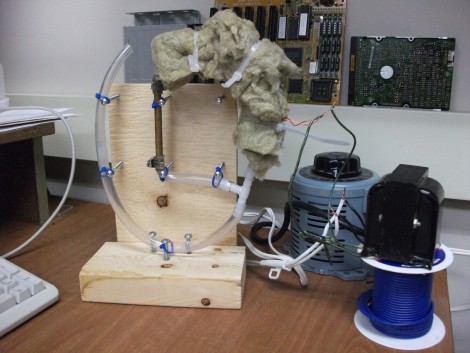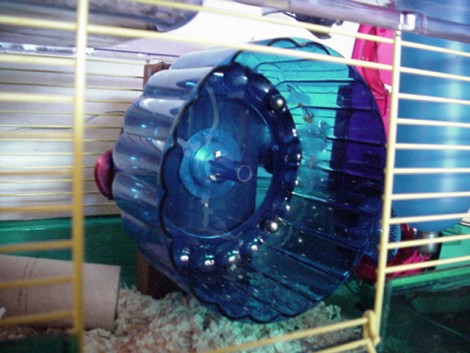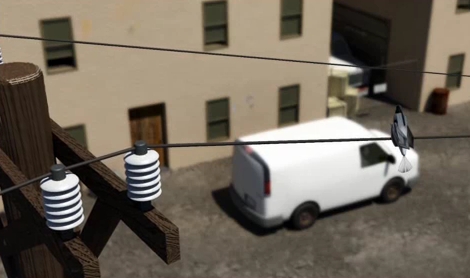Induction cook top provides power too

We’re familiar with induction cook tops but we never thought to power a microcontroller with one. [Thanks Hadez]
Ping-Pong Uranium

We’ve been big fans of the chain reaction demonstration using ping-pong balls and mouse traps ever since we saw [Mr. Wizard] do it back in the day. If you don’t know what we’re talking about, check out this demonstration that is analogous of a fission reaction. [Thanks nateL]
Phone tripod enclosure

If you’re interested in using your smart phone for some photography, [Mike] has a nice wood and elastic mount for an iPhone which you might try yourself.
Bicycle snow tires

Admittedly we’re a bit late on this one. But keep it in mind for next year: you can use some zip ties for added traction on your bike when it snows. [Thanks Rob]
Now you can BE mario

A little Kinect script lets this gentleman play Super Mario Bros. with his body. Now you can have all the fun that goes along with being a pixellated character stuck in a two-dimensional environment (plus, there are shrooms). [Thanks Das_Coach via Slashdot]
















